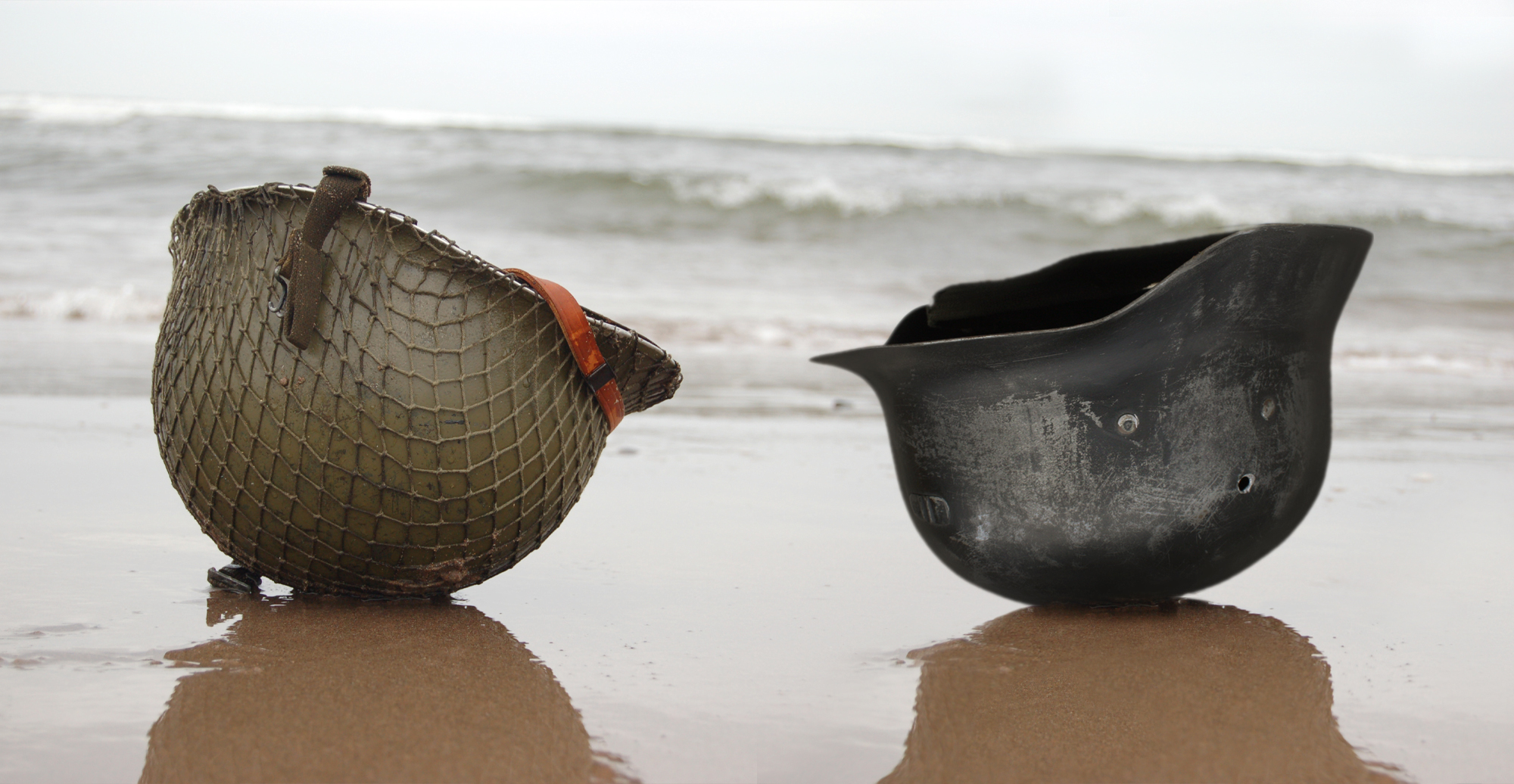During World War II, the increase in the mobility of infantry due to a departure from positional tactics of combat influenced the characteristics of combat helmets. The American M1 helmet and the German Stahlhelm can rightly be called the best helmets of the Second World War.
M1 helmet
Unlike the Stahlhelm, which was made in several sizes, the M1 was made in one size. Thus, American factories simplified the production process and reduced the burden on military logistics systems. Everyone received the same sized helmet despite the different sizes of the human head. Nevertheless, the M1 was comfortable to wear, as it really was two helmets in one.
The outer metal shell, sometimes called the “steel pot,” was made of non-magnetic Hadfield steel. On the sides of the M1 shell there are two wire loops called bales. The steel shell was designed primarily to protect against shrapnel.
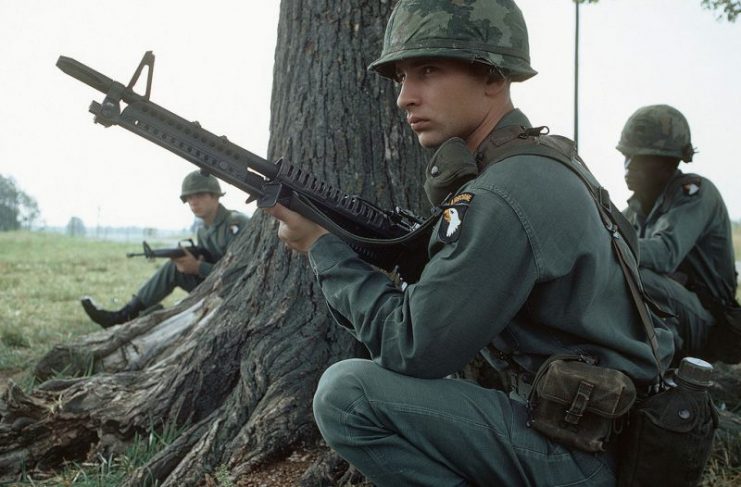
Informal testing of M1 helmets also allegedly revealed that the shell was capable of stopping .32 ACP, .380 ACP, 8mm Nambu, .45 ACP, and other velocity impacts from Parabellum 9 × 19mm ammunition. If we take into account the wide usage of these calibers, we can conclude that the protection of the M1 was one of the best during the Second World War.
Thanks to two simple adjusting buckles, the M1 helmet could fit each soldier’s head and was called “one-size-fits-all”. In addition, the removable liner allowed the shell to be used as an expedient bucket in the field.
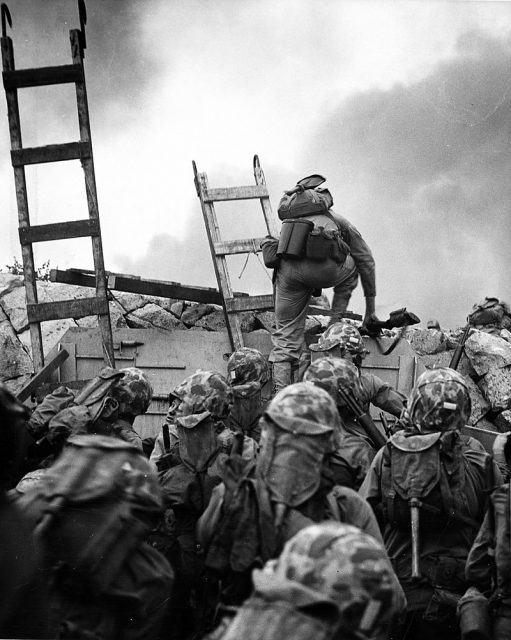
By September 1945, more than 22 million copies had been produced. After the war, the design of the M1 was widely distributed, and many other countries copied its basic design elements while creating their helmets.
https://youtu.be/1rcSF8NoMPo
The M1 was used by the US military for more than 40 years, and a number of other countries use it to this day. In the United States, Navy SEAL candidates wear the liners during BUD/S training, and chrome-plated or painted versions are still used in ceremonial units.
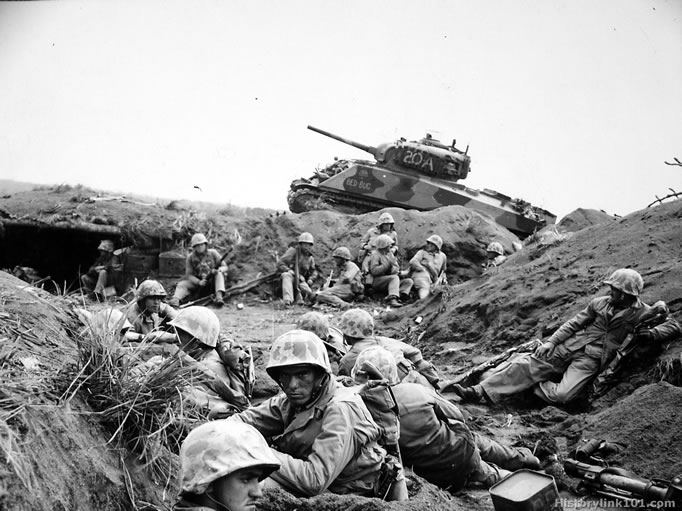
In 1966-1967, a second production cycle was carried out in the United States, consisting of about a million helmets. In 1980, the M1 was discontinued in favor of a PASGT helmet, which has improved ergonomics ballistic protection.
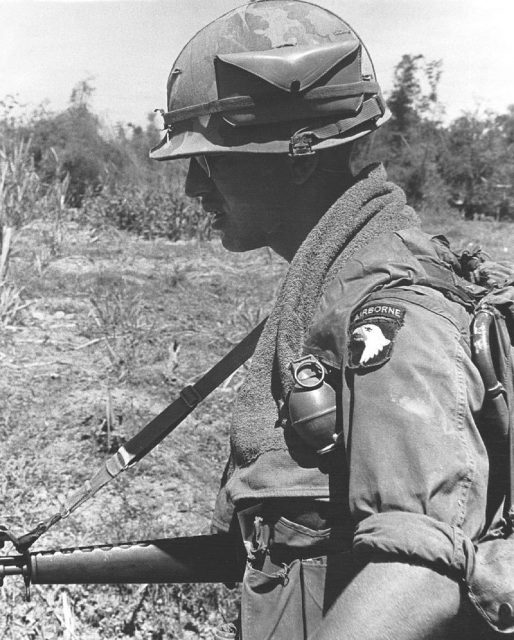
Stahlhelm
Stahlhelm is German for “steel helmet.” In 1916 it began to be used by troops near Verdun, which led to a drastic reduction in serious head injuries. During World War II, a number of changes were made to the helmet to reduce its production cost and increase durability. The Stahlhelm became one of the most recognizable features of Wehrmacht soldiers.
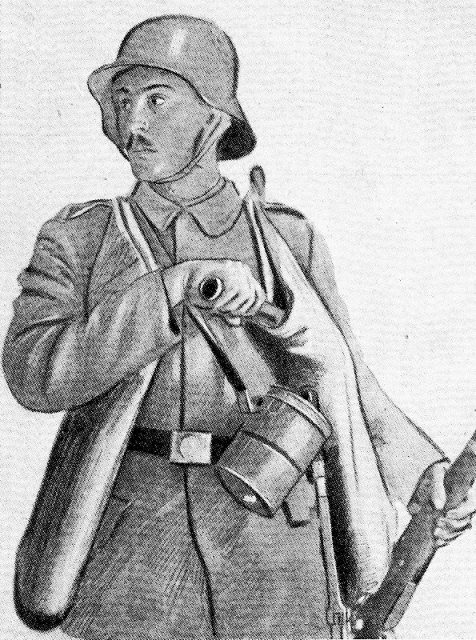
The Stahlhelm protected the frontal and occipital lobes, which are the most important parts of the brain. In addition, the Stahlhelm combined maximum protection with maximum visibility. Added to the helmet’s convenience and ease of wearing, these factors were all very important on the battlefield. To reduce their visibility, the helmets were painted with darker shades of gray-green matte paint.
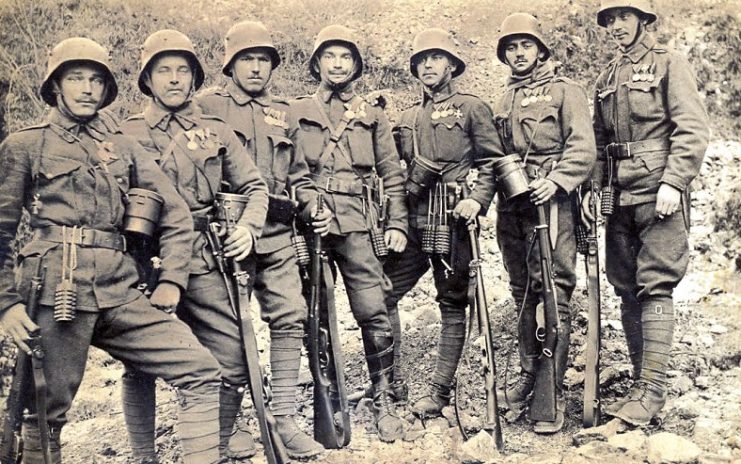
However, the Stahlhelm, compared to other helmets of the Second World War, had a number of drawbacks. First, it was more expensive than M1 or Brodie helmets. Unlike these helmets, the Stahlhelm consisted of several sheets of steel, which made it more expensive and difficult to manufacture.
Soldiers often complained that because of the rim around the ears, they had problems with being able to hear. This issue was absent in the British helmet, which could make a difference on the battlefield.
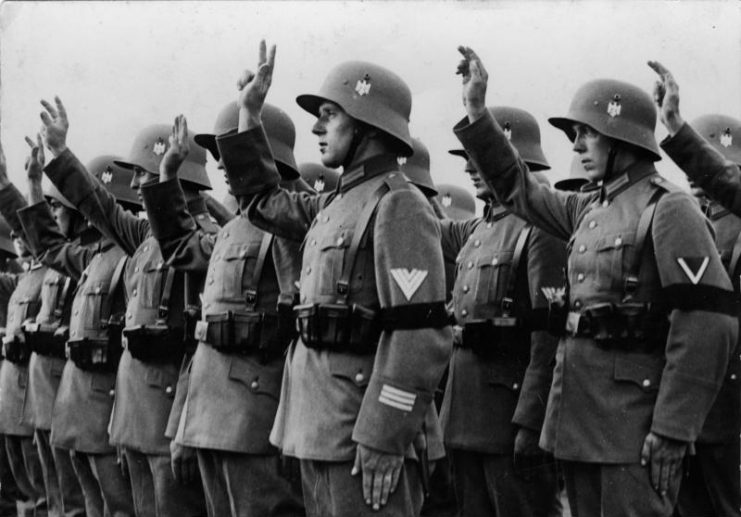
Germany exported the M1935 version of the Stahlhelm to various countries, such as Spain and the Republic of China. During the Second World War, the Chinese Nationalist Army used the M1935 helmet, while the Hungarians made a M38 steel helmet that was almost identical to the German M1935.
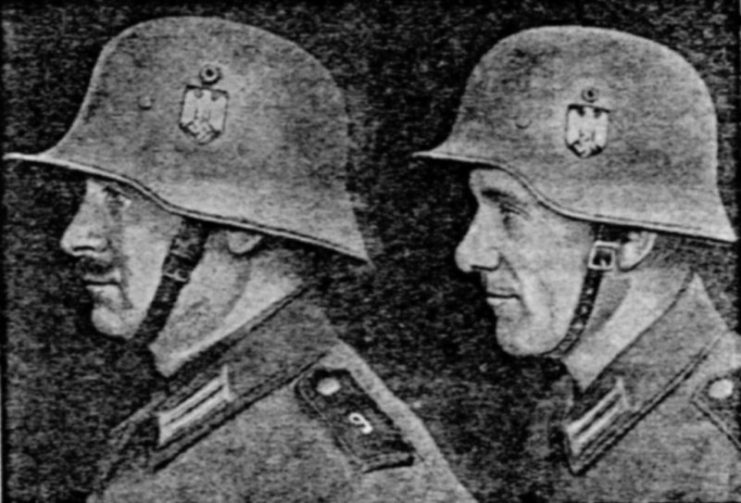
During the Warsaw Uprising, members of the Polish Home Army wore the Stahlhelm. For soldiers of the underground army at this time, the helmet became a symbol of resistance. Each helmet meant one killed German invader.
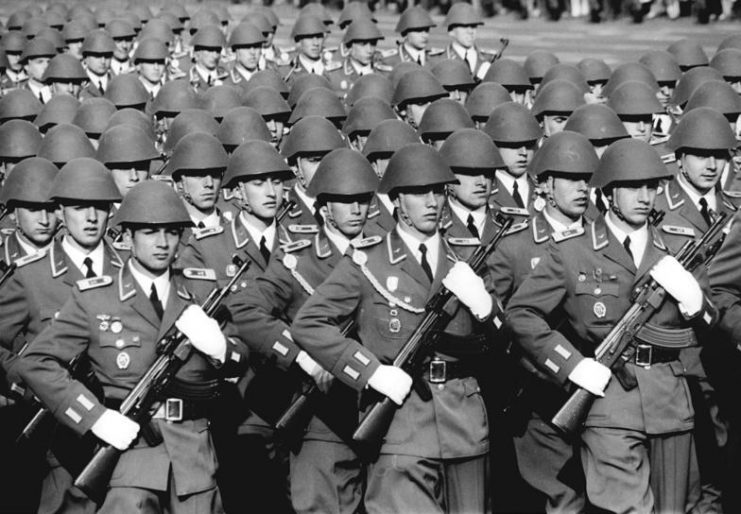
Most modern military helmets are modified versions of the Stahlhelm, indicating its superior protection for the wearer. In the US Army, PASGT protective helmets are called “fritz helmet” because they repeat the shape of German helmets from the Second World War.
In the end, despite its flaws, the Stahlhelm had some protective advantages in the Second World War due to its more rigid shell. However, in the end, it is inferior to the M1 helmet, which had a more useful balance of functions that made it more adaptable to the needs that arose after the Second World War.
